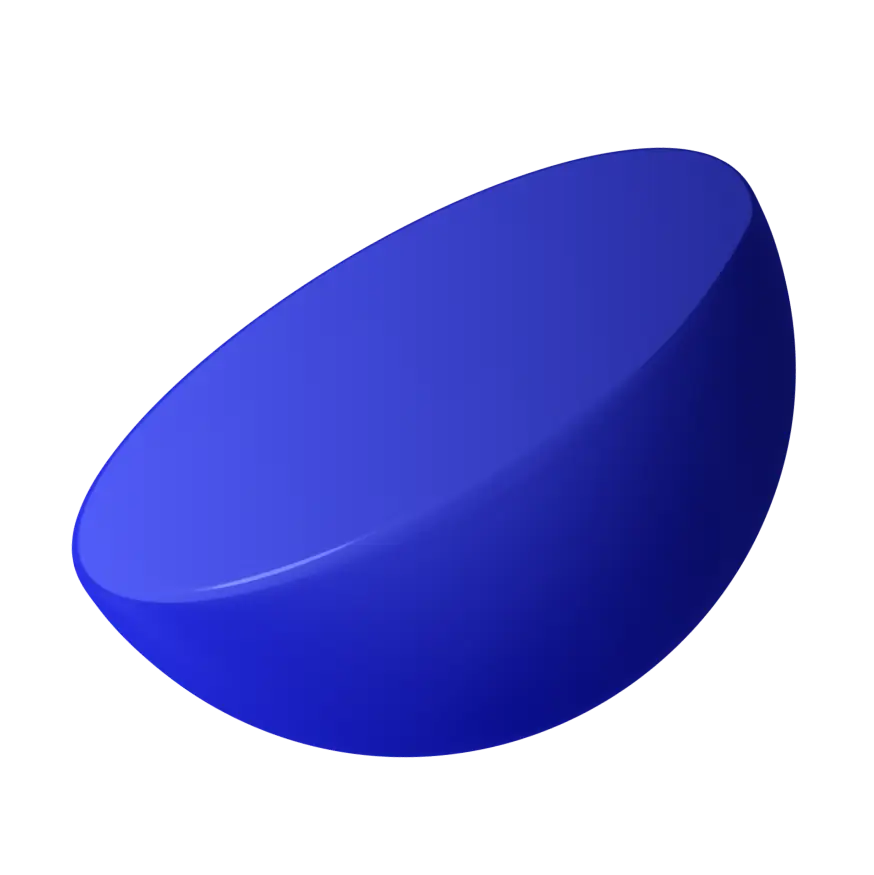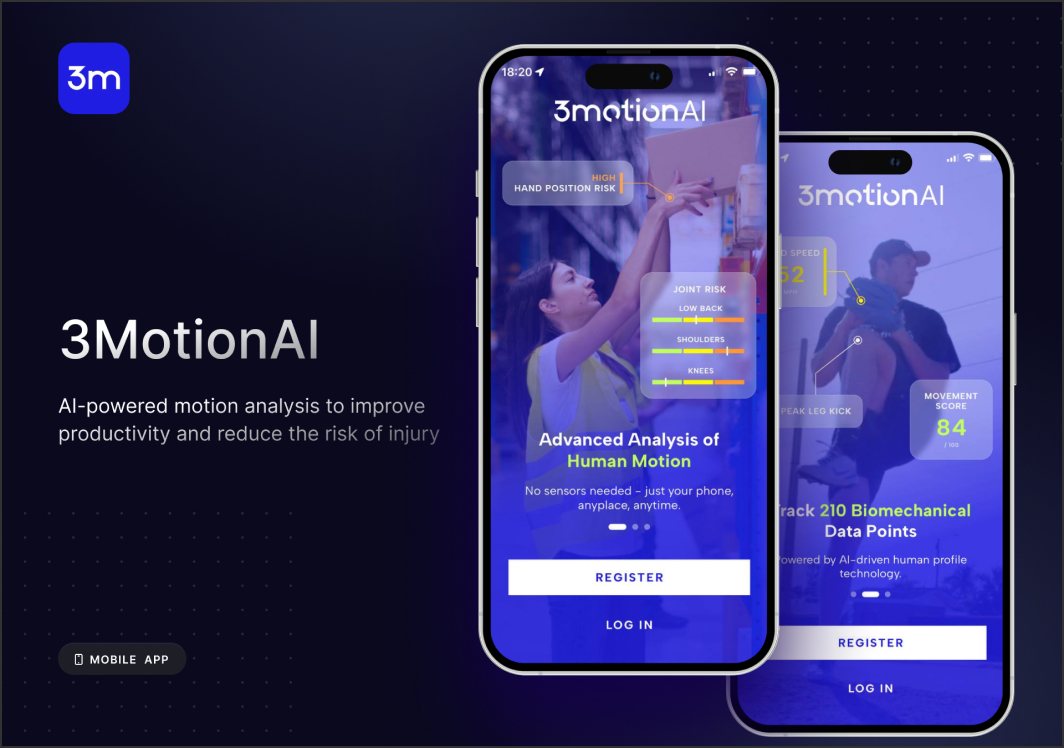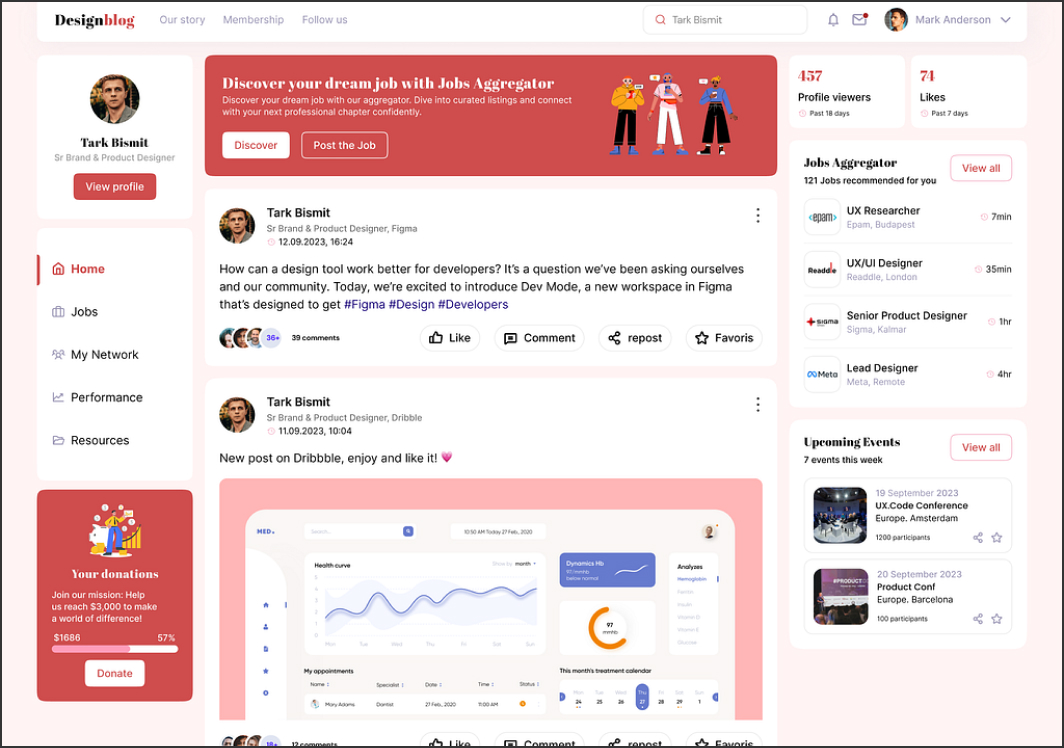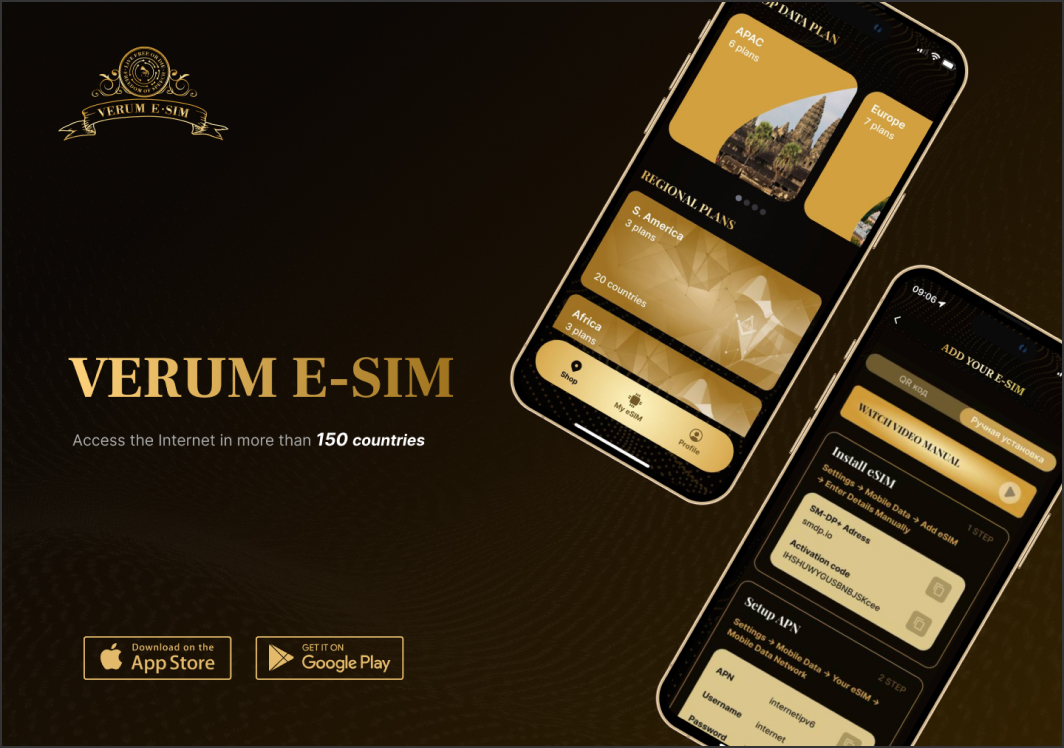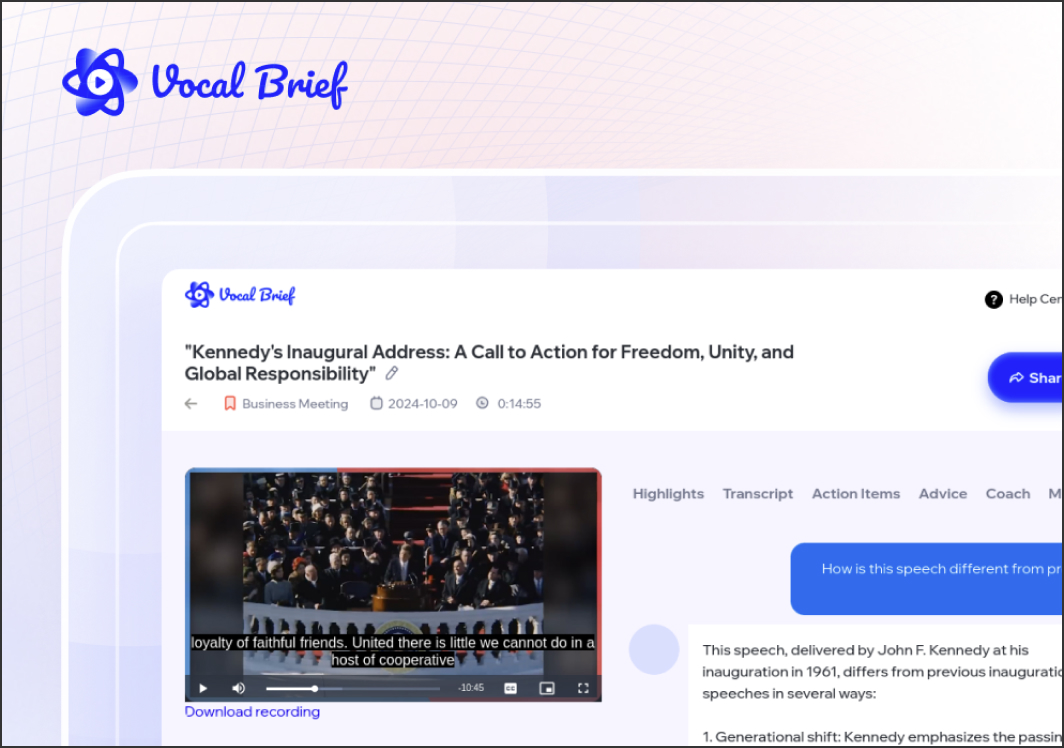Business value
- Speed & scale: Automate repetitive handoffs across sales, support, finance, and ops.
- Quality & visibility: Standardised flows with logs, alerts, and clear SLAs.
- Cost control: Replace ad-hoc scripts and swivel-chair work with reusable components.
Where automation shines
- Ticket triage and routing, lead enrichment, invoice generation, reconciliations.
- Knowledge lookups with RAG for policies, contracts, and product docs.
- Human-in-the-loop approvals that keep compliance intact.
Core Skills to Look For
Technical stack (must-have)
- APIs & webhooks: REST/GraphQL, OAuth2, pagination, rate limits, idempotency.
- Platforms: Zapier/Make/n8n, Python services, serverless functions, basic RPA where needed.
- LLM tooling: Prompting, retrieval (vector DBs), evaluation, guardrails.
- Reliability: retries/backoff, dead-letter queues, observability, incident playbooks.
- Security & governance: secrets management, least privilege, audit logs, data retention.
Product & collaboration
- Translate business rules into deterministic flows and measurable outcomes.
- Estimate operation/task costs; propose batching, caching, and cost caps.
- Write clear runbooks so non-technical teams can operate automations safely.
Typical Use Cases
Revenue & marketing
- Lead capture → enrichment → CRM dedupe → assignment with SLA alerts.
- Campaign attribution fixes, UTM hygiene, and analytics backfills.
Support & operations
- Intent detection for tickets, smart replies, and escalation routing.
- Vendor onboarding, approvals in chat, scheduled exports to storage/warehouse.
Hiring Process (Lean & High-Signal)
-
Define outcomes
- Example: “Reduce first-response time by 35% and deflect 25% of Tier-1 tickets.”
-
Screening checklist
- Portfolio with 3–5 shipped automations tied to KPI impact.
- Evidence of error handling, retries, secure credentials, and cost tuning.
- Familiarity with your stack (CRM, billing, helpdesk, analytics).
-
Practical exercise (4–6 hours cap)
- Build a webhook-triggered flow with validation, branching, deduplication, and a rollback path; include a README with metrics.
-
Live review
- Pair on adding monitoring, dead-lettering, or an LLM-powered step with guardrails.
-
Security & governance review
- Roles, secrets rotation, logging, retention, and promotion between environments.
Best Practices & Tooling
Engineering standards
- Consistent naming, folders, tags; shared helper sub-flows for transforms.
- Separate dev → test → prod; use version control and change tickets.
- Dashboards for failures, latency, cost per run; alert on anomalies.
30–60–90 day plan
- 30 days: Audit processes, pick 3 high-leverage automations, ship baselines with logging.
- 60 days: Harden error handling, add alerts, integrate analytics and feedback loops.
- 90 days: Optimise cost/latency, expand to adjacent workflows, publish a monthly KPI report.
Page Updated: 2025-10-06












